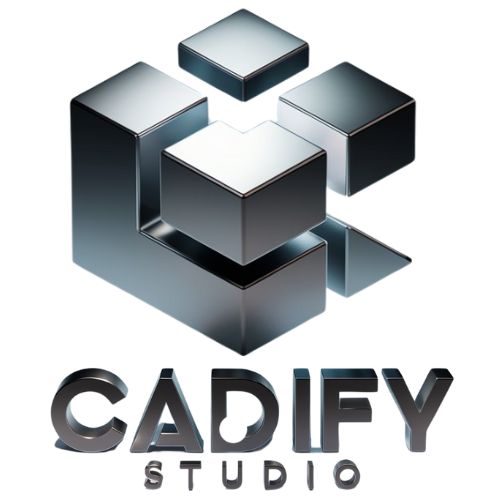Cloud-Based Computer-Aided Design (CAD) is transforming the way designers and engineers collaborate. Unlike traditional CAD software, which requires powerful hardware and localized file storage, cloud-based CAD allows users to access, edit, and collaborate on designs from any device with an internet connection.
Traditional CAD systems had significant limitations in terms of sharing, accessibility, and real-time collaboration. Teams often faced challenges such as version control issues, hardware constraints, and delays in communication.
Cloud-based CAD eliminates these obstacles, enabling seamless collaboration and enhancing productivity.
This blog explores how cloud-based CAD is revolutionizing design collaboration, its key benefits, challenges, and future trends shaping the industry.
The Shift from Traditional to Cloud-Based CAD
Traditional CAD software required local installation on high-performance computers. It demanded expensive hardware, periodic updates, and manual file sharing, making real-time teamwork difficult.
Cloud-based CAD, on the other hand, is a Software-as-a-Service (SaaS) solution, providing:
- Accessibility from anywhere
- Real-time collaboration
- Elimination of hardware dependency
Industries like automotive, aerospace, architecture, and manufacturing are rapidly adopting cloud-based CAD to optimize workflows, improve design efficiency, and reduce costs.
Key Benefits of Cloud-Based CAD in Design Collaboration
a) Real-Time Collaboration
With cloud-based CAD, multiple users can simultaneously access and modify a design, reducing the need for multiple file versions and improving project timelines
Example: Onshape and Autodesk Fusion 360 enable multiple engineers to work on the same model in real-time, fostering seamless collaboration.
b) Accessibility & Remote Work Advantage
Example: A multinational engineering team working across different continents can modify and review designs without delays.
c) Cost Efficiency
Traditional CAD software required costly hardware and software licenses. In contrast, cloud-based CAD reduces upfront costs by offering subscription-based pricing models.
Startups and SMEs benefit the most as they can allocate resources efficiently without heavy investments in infrastructure.
d) Secure Data Storage & Version Control
Data is securely stored in encrypted cloud servers, preventing data loss due to hardware failures. Version control ensures that changes are tracked, allowing designers to revert to previous versions and avoid costly errors.
Example: Autodesk Fusion 360 provides secure cloud storage and version history tracking, ensuring data integrity.
e) Faster Iteration & Design Optimization
Cloud-based CAD accelerates design modifications and iterations without the hassle of file transfers. Teams can instantly make and review changes, leading to faster product development cycles.
Example: Automotive companies use cloud-based CAD to rapidly refine prototypes, reducing time-to-market.
Challenges & Concerns in Cloud-Based CAD Collaboration
Despite its advantages, cloud-based CAD comes with challenges:
- Data Security & Privacy: Companies worry about storing sensitive designs on third-party servers.
- Internet Dependency: A stable internet connection is crucial for smooth workflow.
- Adoption Resistance: Some traditional industries hesitate to shift from conventional CAD due to security and training concerns.
Future Trends & Evolving Technologies in Cloud-Based CAD
The future of cloud-based CAD is shaped by advancements such as:
- AI Integration: Automating design optimization and predicting potential errors. Automating design optimization and predicting potential errors.
- VR & AR in CAD Collaboration: Enabling immersive design visualization and interactive model reviews.
- Edge Computing & Hybrid CAD Solutions: Reducing latency and improving performance for complex simulations.
Case Studies & Real-World Applications
Example 1: How Tesla or BMW Uses Cloud-Based CAD
Automotive giants like Tesla and BMW leverage cloud-based CAD for global design collaboration. Engineers across different locations work simultaneously on models, speeding up innovation and prototyping.
Example 2: Cloud-Based CAD in Architecture
An architecture firm uses cloud-based CAD to collaborate on designs in real-time, reducing delays in approvals and enhancing client interactions.
Conclusion
Cloud-based CAD is a game-changer in design collaboration, offering unmatched flexibility, real-time teamwork, and cost-efficiency. As industries continue to shift towards cloud-based workflows, the future of design engineering will be driven by connectivity, automation, and collaboration.
What are your thoughts on cloud-based CAD? Share your experiences and join the discussion!

